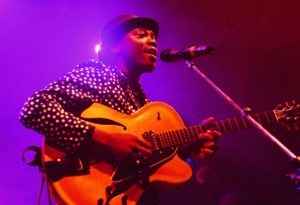Music in the land of the Rainbow Nation and the home of “Mama Africa”.
The people who live in today’s South Africa are also affectionately known as the “Rainbow Nation”. The historical development, from the former trading base at the Cape, through the years when apartheid determined life, to the inauguration of Nelson Mandela as South Africa’s first black president in April 1994, have given the country a diversity of culture and also of music. All styles have survived to this day, and new trends and developments are constantly being added, such as kwaito, rap or house in the 1980s. Miriam Makeba, who was rightly honored with the title “Mama Africa”, is of course at the forefront as an icon. Her hit “Pata Pata” is known worldwide today. In jazz, artists such as the trumpeter Hugh Masekela, the pianist Abdullah Ibrahim or the guitarists Jimmy Dludlu or Selaelo Selota are indispensable. Singing groups, above all the Soweto Gospel Choir or the Ndlovu Youth Choir, as well as a capella formations with Ladysmith Black Mambazo at the top, have also given the economically most developed state on the African continent the epithet “Land of 1000 Voices. But the traditional heritage of the various ethnic groups, whether Zulu, Xhosa, Swazi, Ndebele, Basotho, Venda or Tsonga, is also passed on by artists such as Busi Mhlongo, Thandiswa or Madosini, or reinterpreted in modern form by Lira or Simphiwe Dana.
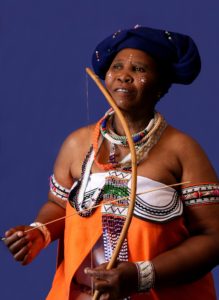
In South Africa, the singer, musician, and story teller Madosini is revered as the queen of traditional Xhosa music. As a young girl, she learned from her mother how to build and play tradtional instruments. Madosini plays instruments such as the umrhubhe (mouth bow), the uhadi (bow with calabash) and the isiolotolo (Jew´s harp) to accompany her songs. Many young South African musicians consider her an important source of inspirations.
The Rolling Stone Magazin describes the man with the horn as one of the most thrilling live performers. The two times Grammy awarded artist is Africa’s most important Jazz and world musician. The artist already played together with star singers such as Miriam Makeba and Nina Simone and jazz stars such as Miles Davis and John Coltrane. He has already performed three times at the africa festival.
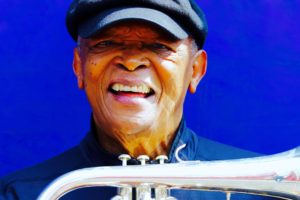
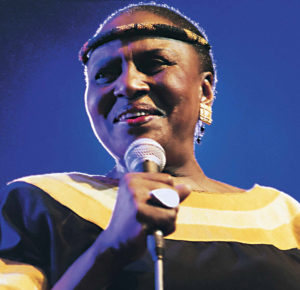
The legendary South African singer, acclaimed worldwide as “Mama Africa”, played five times at the Africa Festival with great success. Miriam, born in Johannesburg in 1932, started her career as a singer of “Manhattan Brothers”. Her performance in the film “Come Back Africa” won her invitations to Europe and America, where she sang with Harry Bellafonte and others. She was expelled from South Africa because of her involvement in the anti-apartheid movement in 1660 and had to live in exile for 30 years. She went to America where she got married to Stokely Carmichael, the black activist. There she recorded her world-hit “Pata Pata” in 1967. In 1968 she went to Guinea on the invitation of President Sekou Touré and continued her international career from there. As a Guniean delegate she spoke several times against the evil of apartheid before the United Nations General Assembly. Although she has always considered herself a singer and not a politician, she has won numerous prizes for her involvement, e.g. 2001 the Otto-Hahn Medal of Peace (Otto-Hahn-Friedensmedaille) for her efforts and commitment to Human Rights and overcoming of apartheid.
Busi Mhlongo came to Germany the first time for the 6th Africa Festival. Wherever she has played so far, people have been impressed by her. With her immense vocal volume, she easily manages to make cozy shivers run down your spine. Her stage presence, her energy and her passionately performed Zulu songs grab the audience and don’t let them go. Busi Mhlongo and her 7-piece band brought the circus tent to a boil on Saturday evening. In honor of Miriam Makeba, she sang the “Click Song.”
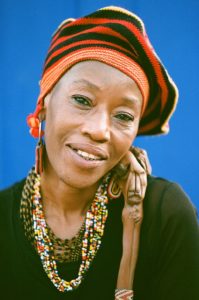
The guitarist and singer from Johannesburg gave at the 13th Africa Festival an applauded example of his talents during the Miriam Makeba concert, where he played as special guest. He came back 2002, this time with his own band. His style of guitar playing follows in the tradition of Wes Montgomery and George Benson, his rhythms come from the Twonships of South Africa. He has played at many festivals in Africa and has recorded three successful albums.
